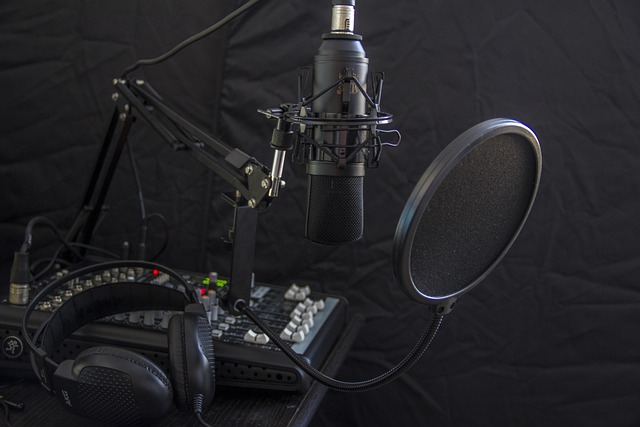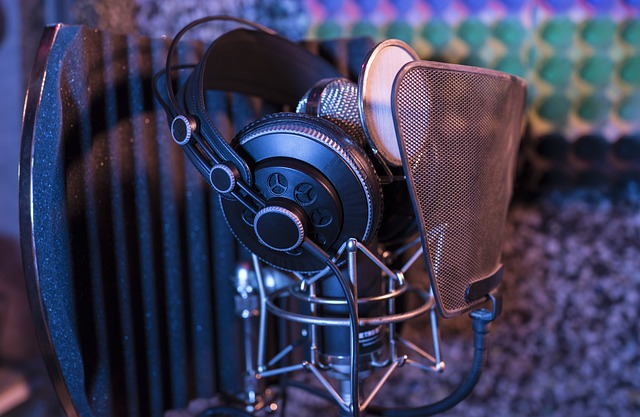Indoor air pollution from mold is a significant health concern, causing allergies, respiratory issues, and cognitive impairments. Mold thrives in damp environments like basements and bathrooms, releasing spores that can be misdiagnosed as colds or allergies. Early detection through visual signs, musty odors, and regular interior inspections is crucial for prevention. The World Health Organization (WHO) highlights the risks of prolonged exposure, especially for vulnerable individuals. Effective remediation involves addressing moisture sources, physical removal, and disinfection. Post-remediation, maintain optimal humidity, ventilation, and use air purifiers to prevent future growth and ensure healthy indoor environments.
Inhaling clean, fresh air should be a basic human right. Yet, indoor air pollution, often caused by hidden mold growth, can turn this into a concerning health issue. This article delves into the intricate web of indoor air quality, focusing on the signs and symptoms of poor air due to mold. We’ll explore common visual indicators, potential health risks, and comprehensive remediation strategies for reclaiming your breathable space. Understanding these aspects is crucial in addressing the silent danger of mold within our homes and workplaces.
- Understanding Indoor Air Pollution: The Hidden Danger of Mold
- Common Symptoms Associated with Mold Exposure
- Identifying Visual Signs of Mold Growth Indoors
- Health Implications of Prolonged Exposure to Moldy Air
- Effective Methods for Mold Remediation and Prevention
- Tips for Maintaining Optimal Indoor Air Quality After Mold Removal
Understanding Indoor Air Pollution: The Hidden Danger of Mold

Indoor air pollution is a silent yet pervasive threat to our health and well-being, often going unnoticed until it becomes a significant problem. Among the various contaminants, mold stands out as a major contributor to poor indoor air quality. This invisible menace can thrive in damp environments, such as basements or bathrooms, where moisture issues are common. Beyond visible growth, mold releases microscopic spores into the air, which, when inhaled, can lead to a range of health issues.
Exposure to mold-related indoor air pollution may cause symptoms like allergic reactions, respiratory problems, and even cognitive impairments. Understanding this hidden danger is crucial as it encourages proactive measures to prevent and mitigate mold growth. Regular ventilation, maintaining optimal humidity levels, and prompt remediation of water leaks or flooding are essential strategies in the battle against indoor air pollution caused by mold.
Common Symptoms Associated with Mold Exposure

Many people suffer from symptoms that go unnoticed, attributing them to common colds or allergies. However, these could be signs of exposure to poor air quality due to mold. Common symptoms include respiratory issues like persistent coughing, wheezing, and difficulty breathing, as well as eye, nose, and throat irritation. Headaches, fatigue, and even memory or concentration problems are also frequently reported. These symptoms can vary greatly depending on the type of mold and an individual’s sensitivity.
Indoor air pollution caused by mold can be a significant health concern, especially for those with pre-existing conditions like asthma or allergies. Prolonged exposure may lead to more severe health issues, making it crucial to address and remediate mold problems as soon as possible. Regularly checking for signs of water damage or musty odors, common indicators of mold growth, is essential in maintaining healthy indoor environments.
Identifying Visual Signs of Mold Growth Indoors

Identifying visual signs of mold growth indoors is a crucial step in addressing potential indoor air pollution caused by mold. One of the most obvious indicators is visible mold growth on walls, ceilings, or floors. This can appear as discolored patches, often black, green, or grey, and may be accompanied by musty odors. Mold may also leave behind physical remnants like fuzzy or powdery substances, especially in hidden areas like behind appliances or within wall cavities.
Additionally, keep an eye out for signs of water damage or moisture accumulation, as these create favorable conditions for mold to thrive. Cracked pipes, leaking roofs, or high humidity levels can all contribute to indoor air pollution mold issues. Regularly inspect your home’s interior, paying close attention to areas with poor ventilation or where moisture is prevalent. Early detection allows for prompt action to mitigate the problem and improve indoor air quality.
Health Implications of Prolonged Exposure to Moldy Air

Prolonged exposure to air contaminated with mold can have significant health implications, especially for individuals with pre-existing respiratory conditions or compromised immune systems. The World Health Organization (WHO) has recognized indoor air pollution as a growing concern, and mold is one of the key contributors. When mold grows in enclosed spaces, it releases spores and mycotoxins into the air, creating an unhealthy environment. These microscopic particles can be inhaled, leading to a range of health issues.
The symptoms may include respiratory problems such as coughing, wheezing, and difficulty breathing, particularly during physical activity. In some cases, prolonged exposure may result in chronic lung conditions or exacerbate existing allergies. Additionally, mold-related indoor air pollution has been linked to eye and skin irritations, headaches, fatigue, and even cognitive issues. Vulnerable populations, such as children, the elderly, and individuals with asthma, are at higher risk of developing severe reactions. Therefore, addressing mold issues in indoor environments is crucial to ensure optimal health and well-being.
Effective Methods for Mold Remediation and Prevention

Effective methods for mold remediation and prevention are crucial in mitigating the adverse effects of indoor air pollution caused by mold. The first step involves identifying and addressing the source of moisture, as mold thrives in damp environments. Regular and thorough inspections, especially in areas prone to water intrusion or high humidity, can help detect potential issues early on. Once identified, immediate action is necessary.
For small-scale outbreaks, a combination of physical removal (using tools like brushes or vacuums with HEPA filters) and disinfection (with non-toxic, mold-killing solutions) can be effective. However, for larger or severely contaminated areas, professional intervention may be required. Experts employ specialized equipment and techniques, such as air filtration systems and dehumidification, to thoroughly clean and dry the affected spaces. Preventative measures are equally vital; maintaining optimal humidity levels (between 30% and 50%), ensuring proper ventilation, and addressing any leaks or water damage promptly can significantly reduce the risk of mold growth and associated indoor air pollution.
Tips for Maintaining Optimal Indoor Air Quality After Mold Removal

After successfully removing mold from your indoor space, maintaining optimal air quality is crucial to prevent future growth and ensure a healthy environment. Here are some essential tips to help you achieve this:
Regularly ventilate your home by opening windows and using exhaust fans, especially in areas prone to moisture buildup. Adequate ventilation helps reduce indoor air pollution caused by mold spores and other allergens. Consider investing in an air purifier with a high-efficiency particulate air (HEPA) filter to capture fine particles, including mold spores, from the air. Additionally, maintain low humidity levels using dehumidifiers, as mold thrives in damp environments. Regularly inspect your home for any signs of moisture intrusion or leaks and address them promptly to prevent mold re-growth.
